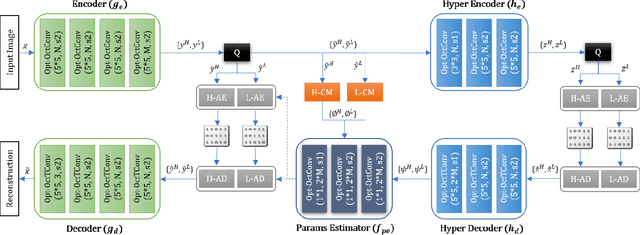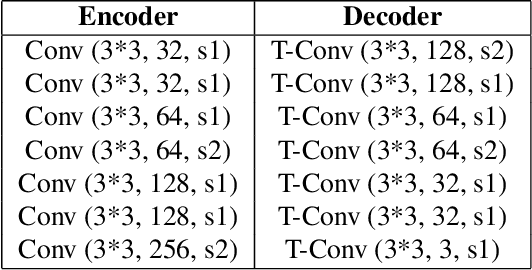Generalized Octave Convolutions for Learned Multi-Frequency Image Compression
Paper and Code
Feb 24, 2020



Learned image compression has recently shown the potential to outperform all standard codecs. The state-of-the-art rate-distortion performance has been achieved by context-adaptive entropy approaches in which hyperprior and autoregressive models are jointly utilized to effectively capture the spatial dependencies in the latent representations. However, the latents contain a mixture of high and low frequency information, which has inefficiently been represented by features maps of the same spatial resolution in previous works. In this paper, we propose the first learned multi-frequency image compression approach that uses the recently developed octave convolutions to factorize the latents into high and low frequencies. Since the low frequency is represented by a lower resolution, their spatial redundancy is reduced, which improves the compression rate. Moreover, octave convolutions impose effective high and low frequency communication, which can improve the reconstruction quality. We also develop novel generalized octave convolution and octave transposed-convolution architectures with internal activation layers to preserve the spatial structure of the information. Our experiments show that the proposed scheme outperforms all standard codecs and learning-based methods in both PSNR and MS-SSIM metrics, and establishes the new state of the art for learned image compression.
 Add to Chrome
Add to Chrome Add to Firefox
Add to Firefox Add to Edge
Add to Edge